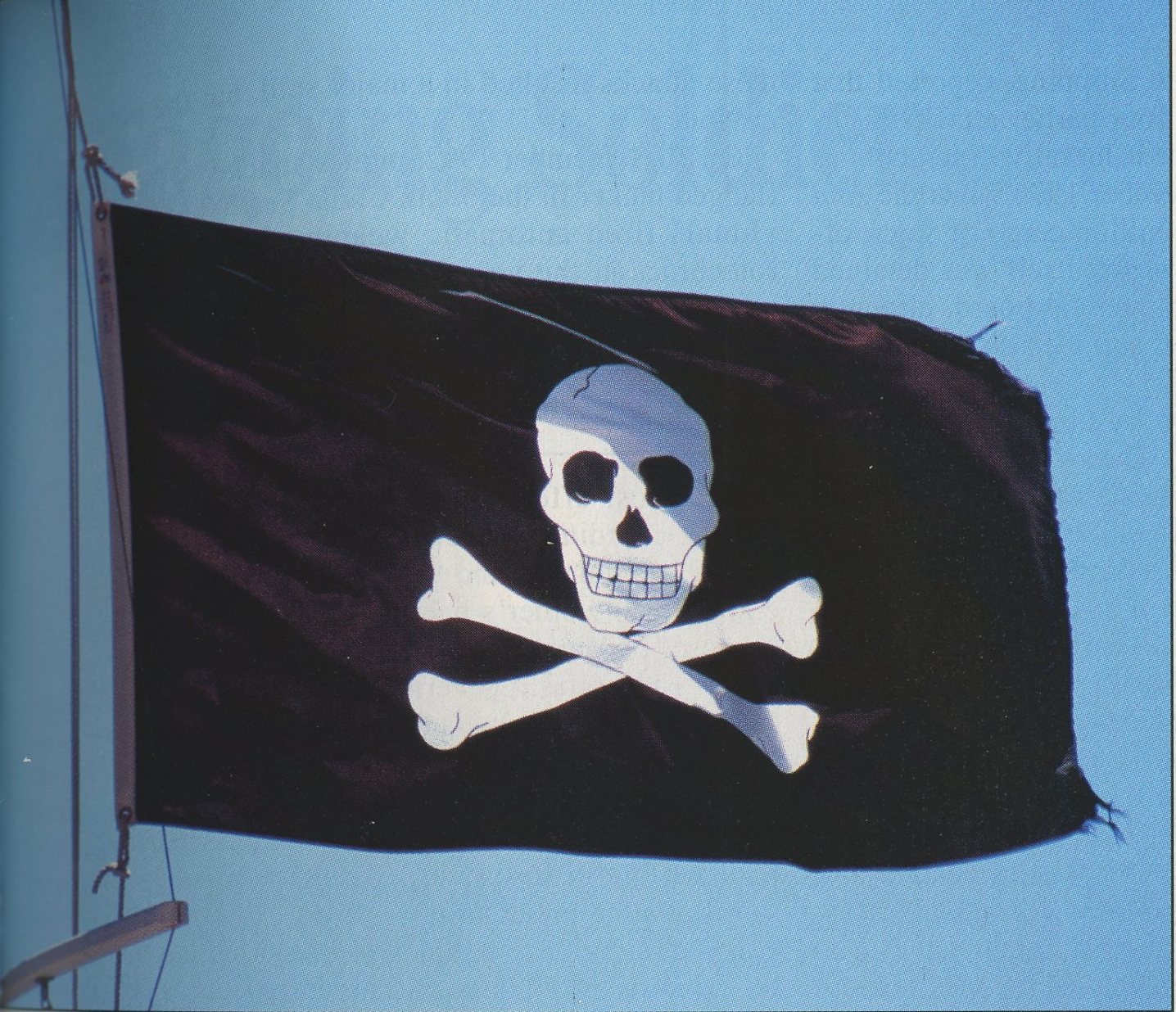Hello readers, and welcome back to the Library blog. Recent posts have concentrated heavily on pirates from the late 17th and early 18th century, but what about the pirates nowadays? Thankfully, some happy news awaits us in that sector. Throughout the year, pirate attacks off of the failed state of Somalia have decreased sharply as a coalition of nations patrol the waterways and merchant ships arm their crews. In addition to these seaborne measures, Somalia’s southwestern neighbor Kenya has recently invaded the areas close to their mutual border in retaliation for constant border transgressions and the kidnapping of tourists in Kenya. The Kenyan military brought the fight to the pirates, destroying pirate strongholds like the one at Kismayo and driving them out of southwestern Somalia. Unfortunately, many of these pirates are also affiliated with a local terrorist branch of Al-Qaeda called Al Shabaab. These terrorists are now bombing Kenyan civilians as revenge for their setbacks.

Events like those described above bring to mind the very real connection between piracy and terrorism that has existed since time immemorial. Terrorism, broadly defined as the use of terror as a coercive measure, can be seen in the fearsome countenance and actions of our favorite pirates of old, like Blackbeard. Blackbeard is famous for lighting candles or furls of weak gunpowder in his beard to create a hellish visage, and when pirates attacked ships or towns they often raped, murdered and stole everything they could get their hands on. So too today, pirates rape murder and rob the hapless victims they come across on the high seas. Piracy has decreased off the coast of Somalia, but the terror attacks in Kenya show that it is still a very real problem and not likely to go away for a long time to come.